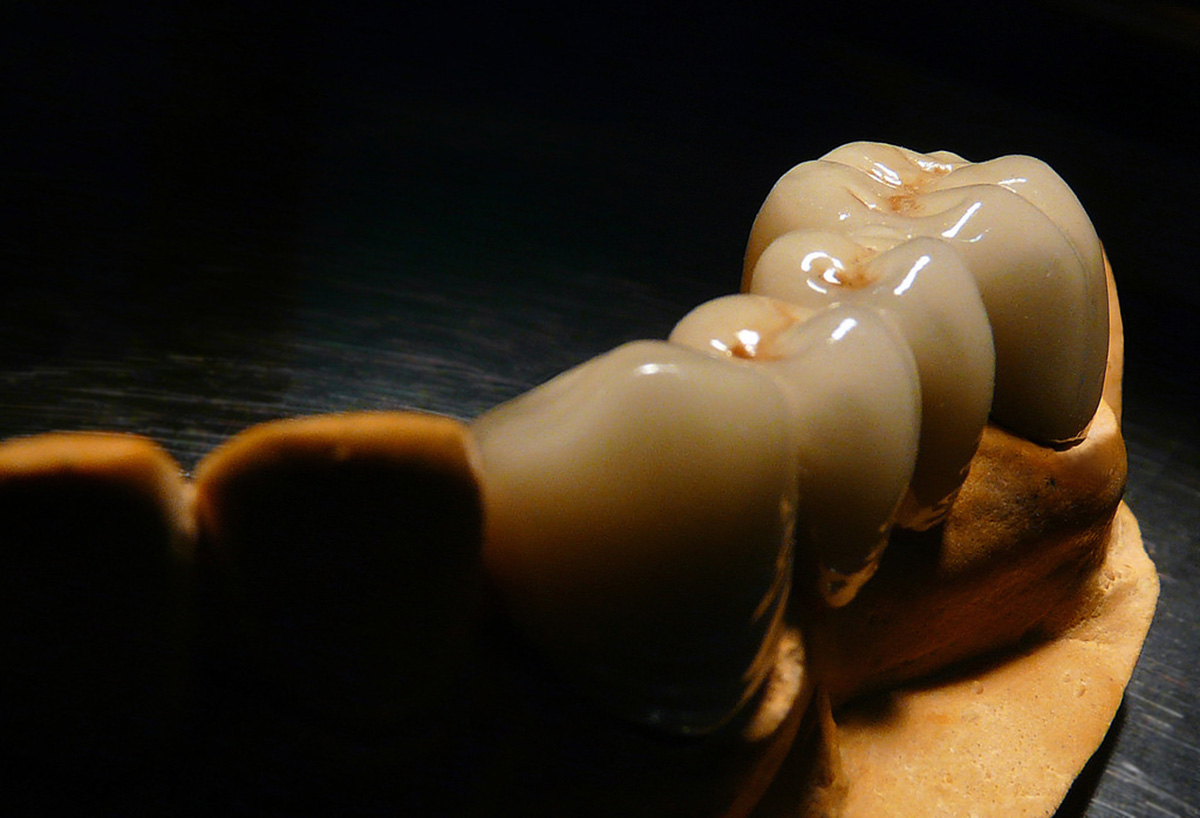Table of Contents
Obturation
This is the final step of the root canal in which the prepared root canals are filled with a rubber-like material called gutta-percha. By the time this appointment takes place, the patient should be completely pain free, any swelling that was present should have resolved, and there should be no need for any anesthesia during the procedure.
The procedure involves the insertion of gutta-percha cones to the length of your root canal and then cutting off the excess that extrudes into the mouth with scissors. Your tooth is then sealed with a heated instrument.

All of these appointments take around 20 minutes from each from the time the patient sits in the chair till the completion of the procedure. The tooth is filled with composite material after the obturation is complete and the patient is recalled for crown preparation, usually after a gap of a week.
Crown Preparation
Multiple studies have shown that a well fitting crown is essential for the success of the root canal. Clinicians tend to wait around a week to make sure that the tooth is asymptomatic before preparing the crown. In some cases, where there was excessive infection or the treatment was more complicated, a longer time can be taken.
The risk with waiting too long is that the chances of the tooth fracturing become a lot more. The process of disinfection and cutting the tooth during the root canal procedure weakens it structurally. Especially in the case of the posterior teeth (Premolars and Molars) where the biting forces are quite high, it is al too common to see root canal treated teeth fracture and then eventually have to be extracted.
Crown preparation itself is a short and completely painless procedure. It requires no anesthesia and from the patient’s point of view, requires only opening of the mouth for five to 10 minutes. Once the crown has been prepared, the dentist will take an impression and send the cast made from it to the lab for the fabrication of the crown.
Crown Cementation
This should be the final visit of the procedure and requires a simple cementation of the crown on the prepared tooth. The dentist will check for a proper fit before cementing the crown and will also check for any high points or interferences once the crown has been fit.
READ What To Expect From Dental Implant Surgery
Some amount of adjustment will be done even after the crown has been cemented. It is normal for the new prosthesis to feel a little odd in the beginning, however this should disappear by the end of the first week after insertion.
Rest Assured...
Root canals are no longer a cringe-worthy procedure that will give you nightmares for months afterwards. In fact, they are the most predictable and trustworthy method to increase the lifespan of the tooth and relieve the patients of severe pain.
- Photo courtesy of Dr PS Sahana * Kadamtala Howrah via Flickr: www.flickr.com/photos/124018523@N04/14036937528
- Photo courtesy of Dr PS Sahana * Kadamtala Howrah via Flickr: www.flickr.com/photos/124018523@N04/15226500201


Your thoughts on this